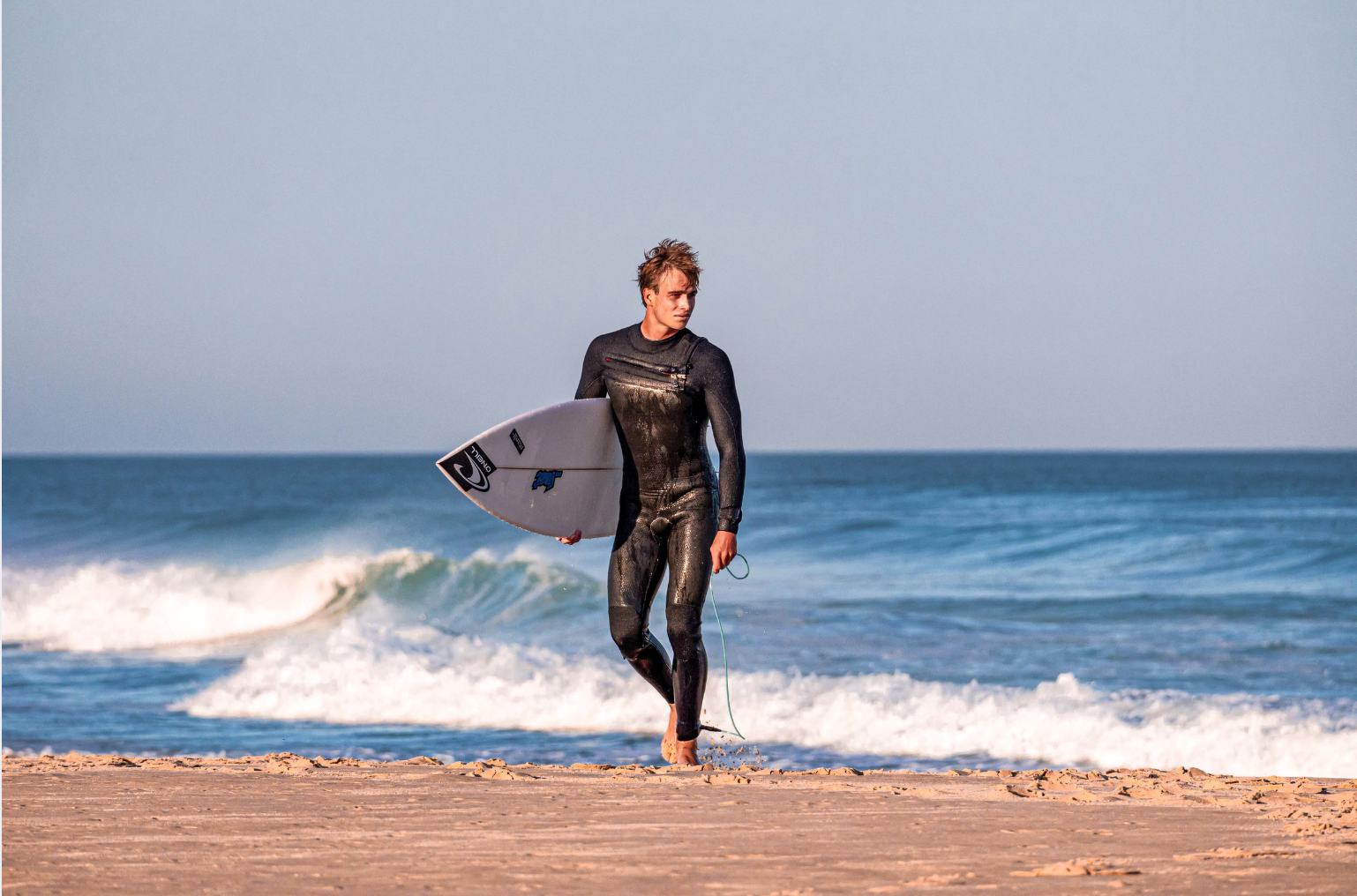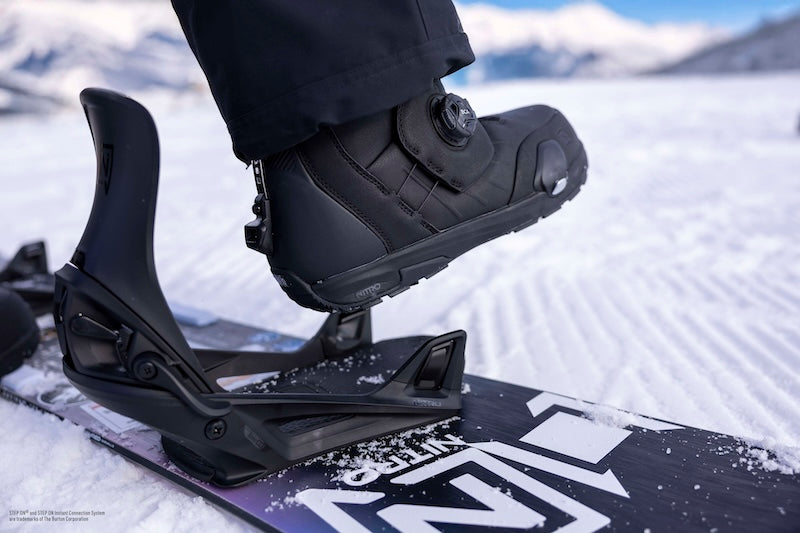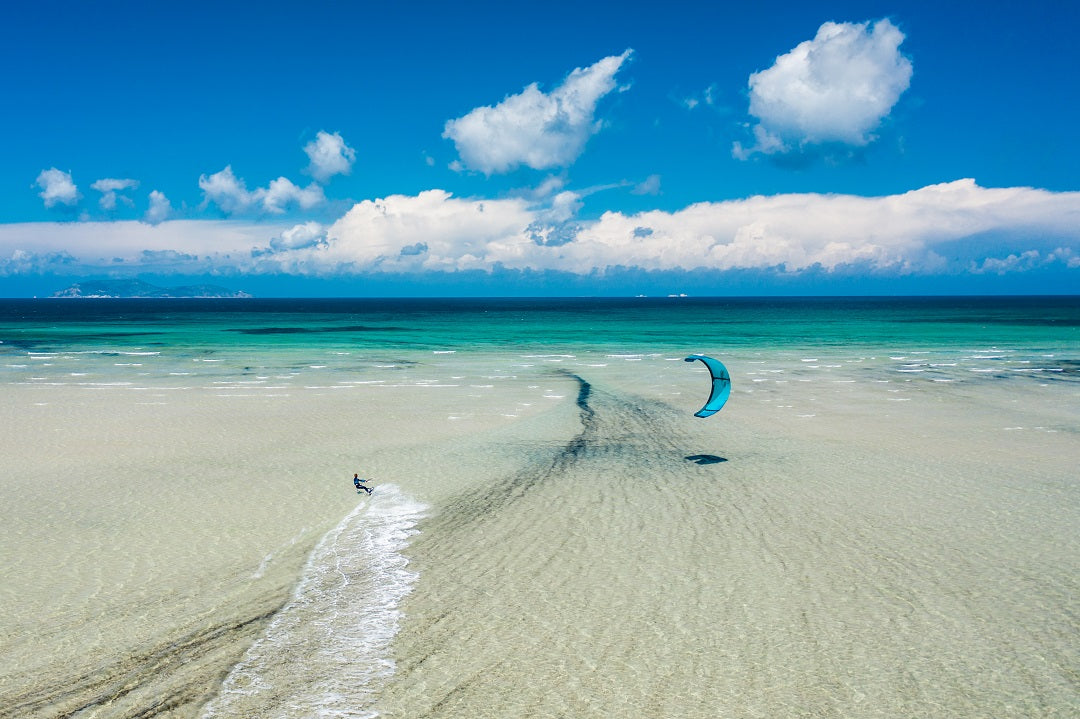The Basics And Fundamentals Of Wetsuits
History:
The history dates back to the early 1950s when an Australian surfer named Jack O'Neill began experimenting with neoprene fabric as a way to stay warm in the chilly waters of Northern California. He eventually developed the first modern wetsuit, which was made out of neoprene foam and featured a zipper up the front. This invention revolutionised surfing and other water sports, allowing surfers to stay in the water for longer periods of time without getting cold. Since then, wetsuits have been improved upon and now come in a variety of styles, materials, and thicknesses to suit different needs.
Types:
There are a variety of wetsuits available on the market, each designed for different activities and water temperatures. The most common type of wetsuit is the full-length, which covers your entire body from neck to ankles. This type of wetsuit is great for cold water activities such as surfing, scuba diving, and swimming. Shorty wetsuits are also popular and offer more flexibility than full-length suits. These suits usually only cover the torso and arms, making them ideal for warm water activities like snorkeling or wakeboarding. Specialty wetsuit designers create suits tailored for specific activities, such as triathlon or free diving. Additionally, manufacturers produce some wetsuits with special materials to enhance insulation or buoyancy in the water.
Fabrics:
Manufacturers use a variety of different fabrics to make wetsuits, each with its own unique properties and benefits. Neoprene, which provides excellent insulation and durability, is the most common material used in wetsuits.It is also highly flexible and comfortable to wear. Other popular fabrics include nylon, Lycra, polyester, and spandex. Each of these materials has its own advantages and disadvantages when it comes to warmth, flexibility, durability, and comfort. For example, nylon is lightweight and breathable but not as durable as neoprene; Lycra offers excellent flexibility but may not be as warm; polyester is more durable than neoprene but lacks the same level of insulation; and spandex provides a snug fit but may not be as warm or breathable as other materials.
Features:
Wetsuits come in a variety of features and styles. The most common features are the thickness of the neoprene, the type of closure system, and the type of seams. The thickness of the neoprene affects warmth, flexibility, and buoyancy. Thicker neoprene will keep you warmer but may be more restrictive. Closure systems range from zippers to velcro straps to pull tabs. Seams can be glued, blind-stitched, or taped depending on how much water resistance is needed. Wetsuits can also have additional features such as hoods and pockets for storage. All these features should be considered when choosing a wetsuit to ensure that it meets your needs for comfort, warmth, and performance.
How Should A Wetsuit Fit?
A wetsuit should fit like a second skin with no sagging in the back or excessive bunching in the arms or legs. It should fit tight in order to keep only a thin layer of water between your body and your suit. If your suit is loose, an abundance of water will flush through, making the suit less effective at keeping you warm. A wetsuit should also fit snugly around your neck (many people wear a rash guard underneath to prevent a neck rash). Most women wear a swimsuit underneath for extra protection and support.
Fit is a very important aspect to consider when buying a wetsuit. If your wetsuit does not fit properly it will not be able to keep you warm or allow you the mobility you need for your sport. Consulting brand-specific size charts for wetsuits are the best way to start finding the correct wetsuit fit.
Wetsuit Fit Checklist:
After you have your wetsuit on there should be no excess room in the torso, crotch, shoulders, or knees. A proper fitting wetsuit will be challenging to put on when dry. (Pro Tip: Keeping your socks on will allow your feet to slide in much easier!)
Once on, lift your arms over your head and stretch out your shoulders. This move should only be slightly restricting. If you feel a lot of pressure during this movement then the suit is too small.
You should be able to squat down and move your arms easily (anything above 5/4mm are inherently restrictive).
*Each brand has a slightly different fit; make sure to shop for your body type.










